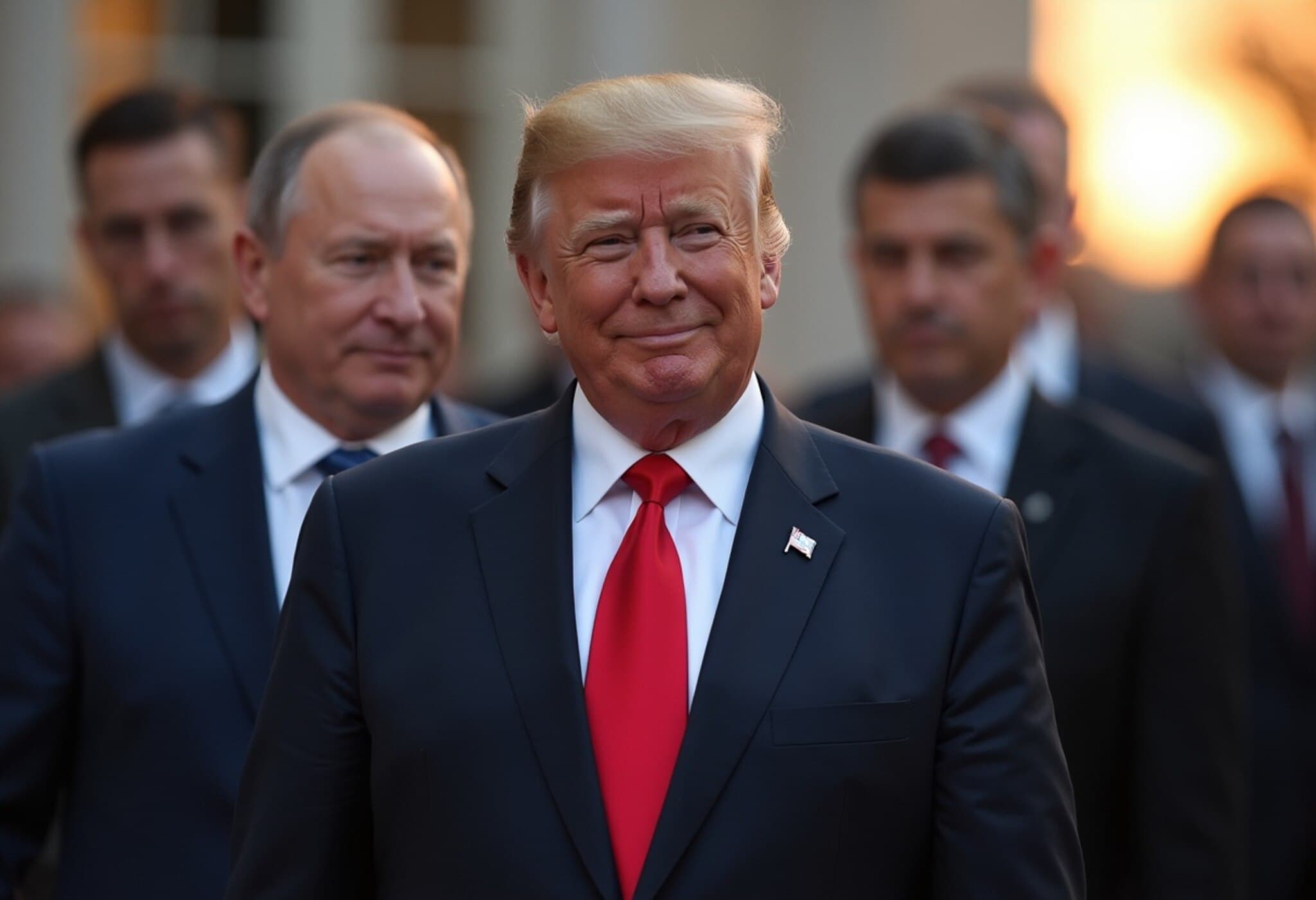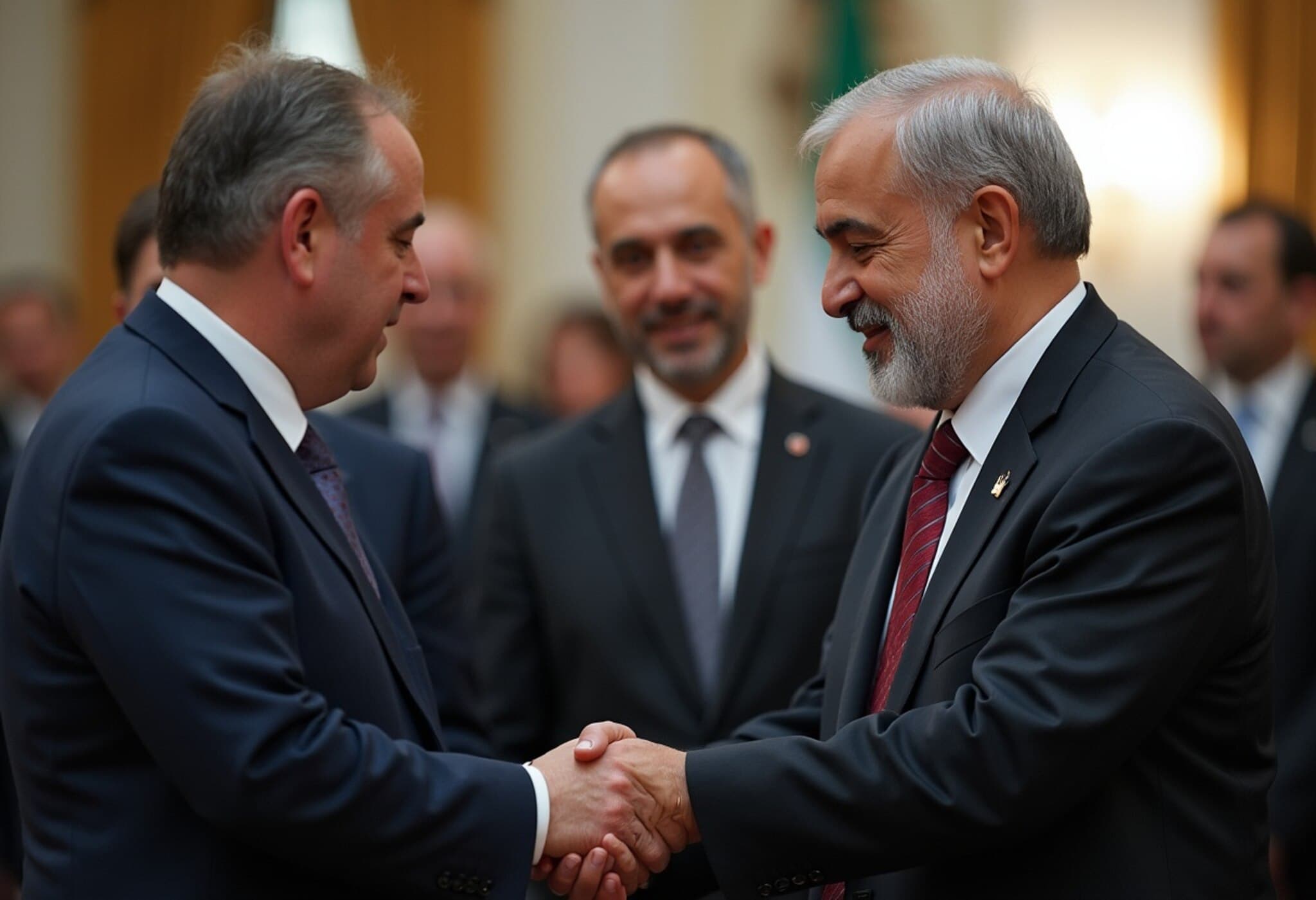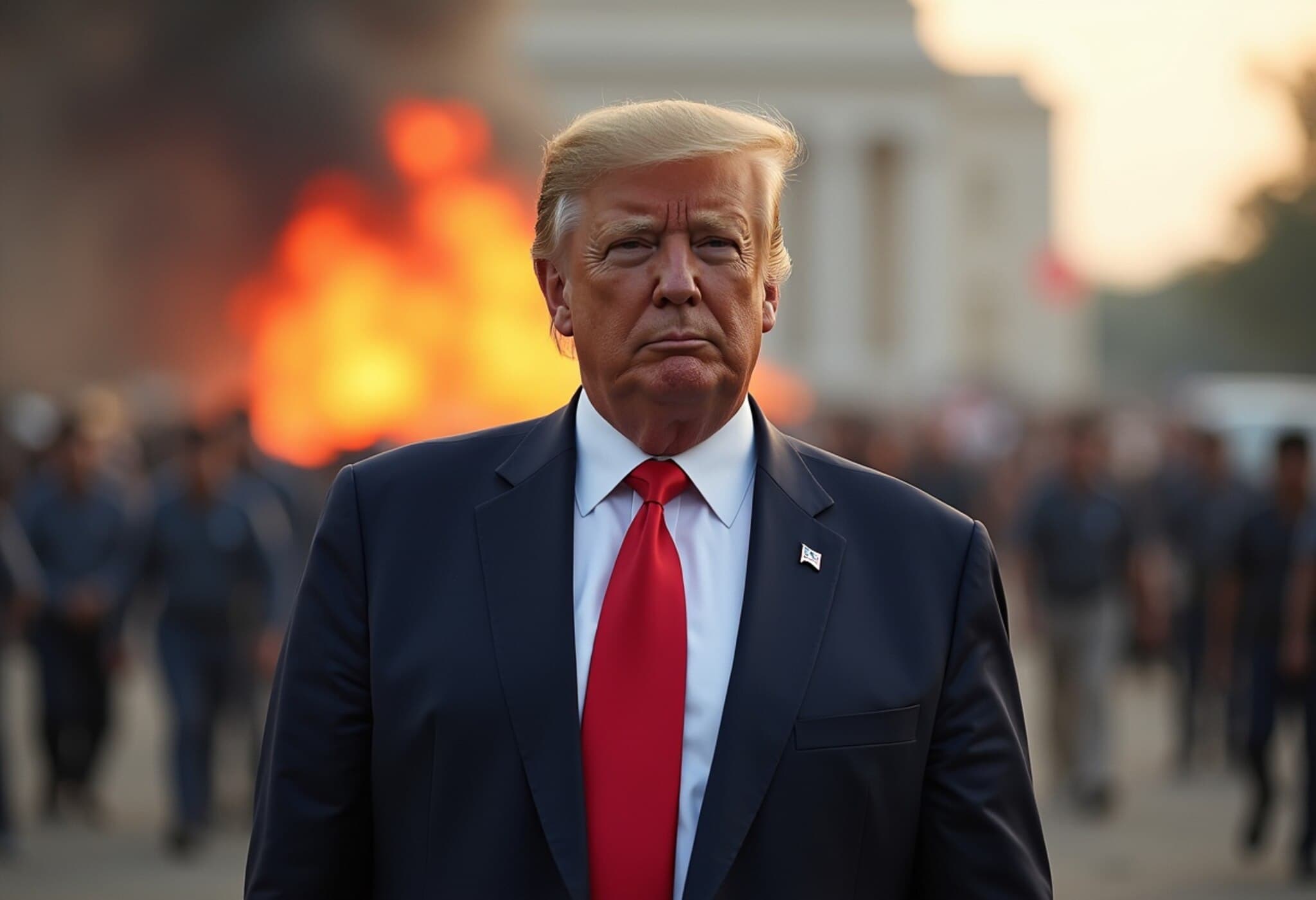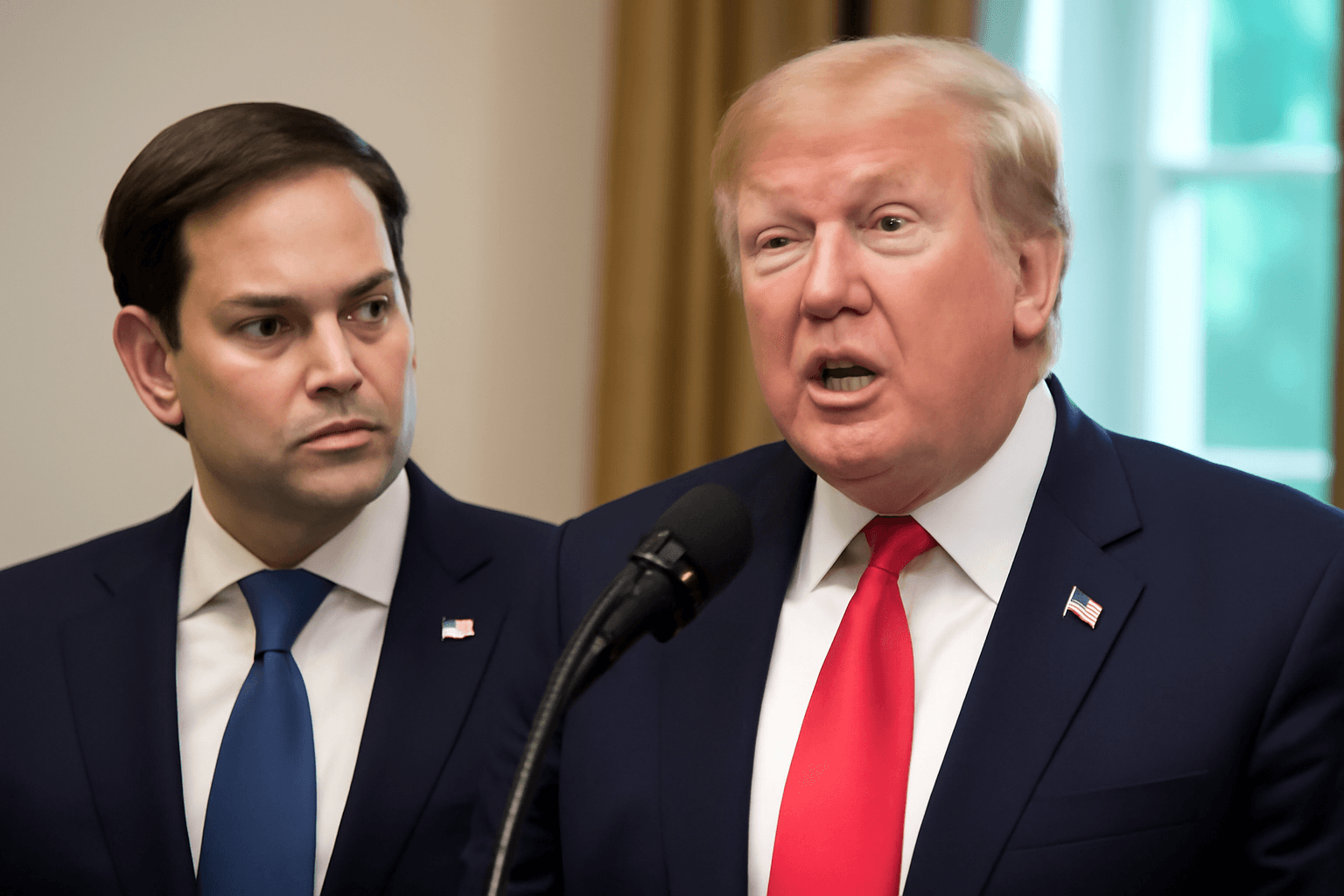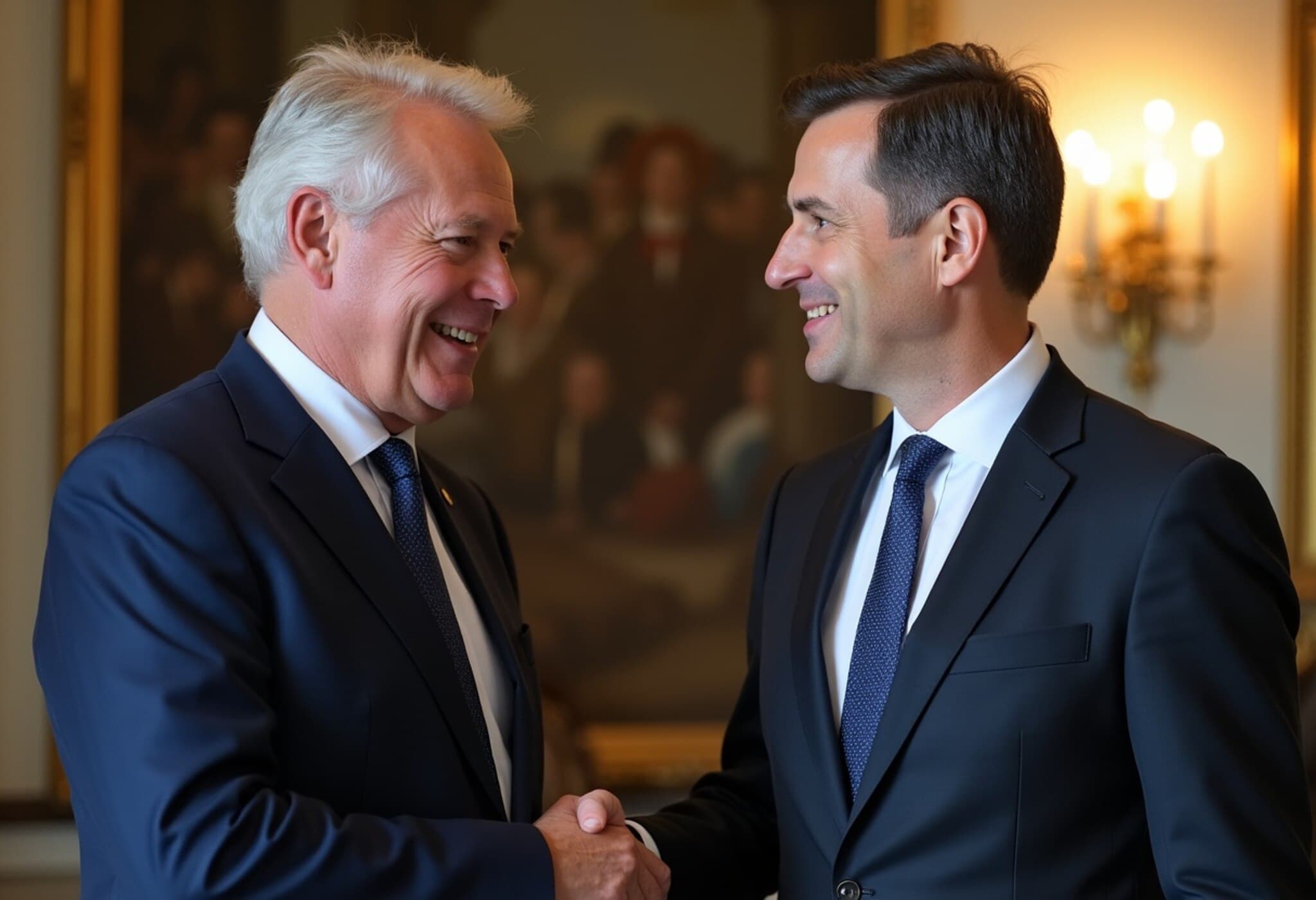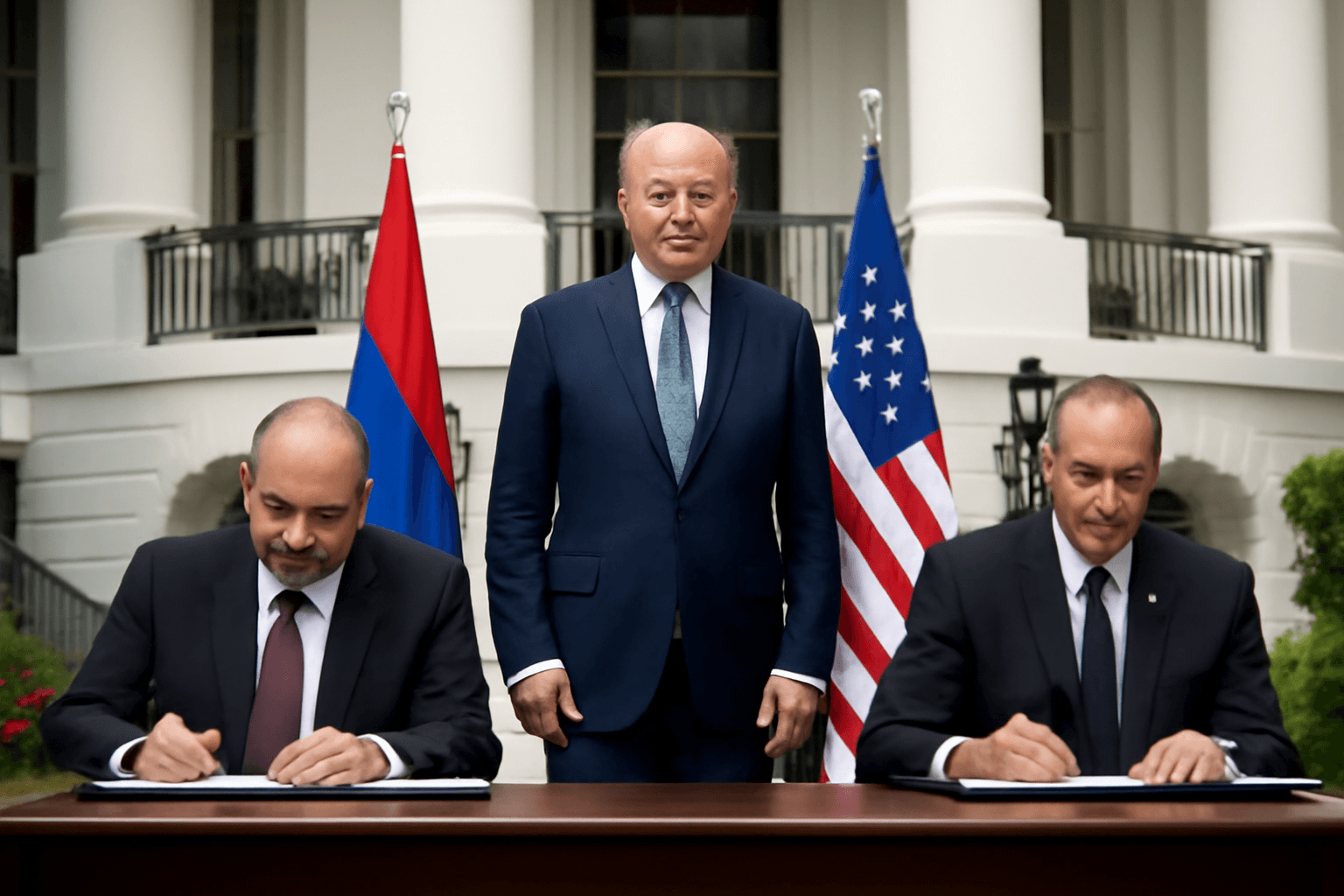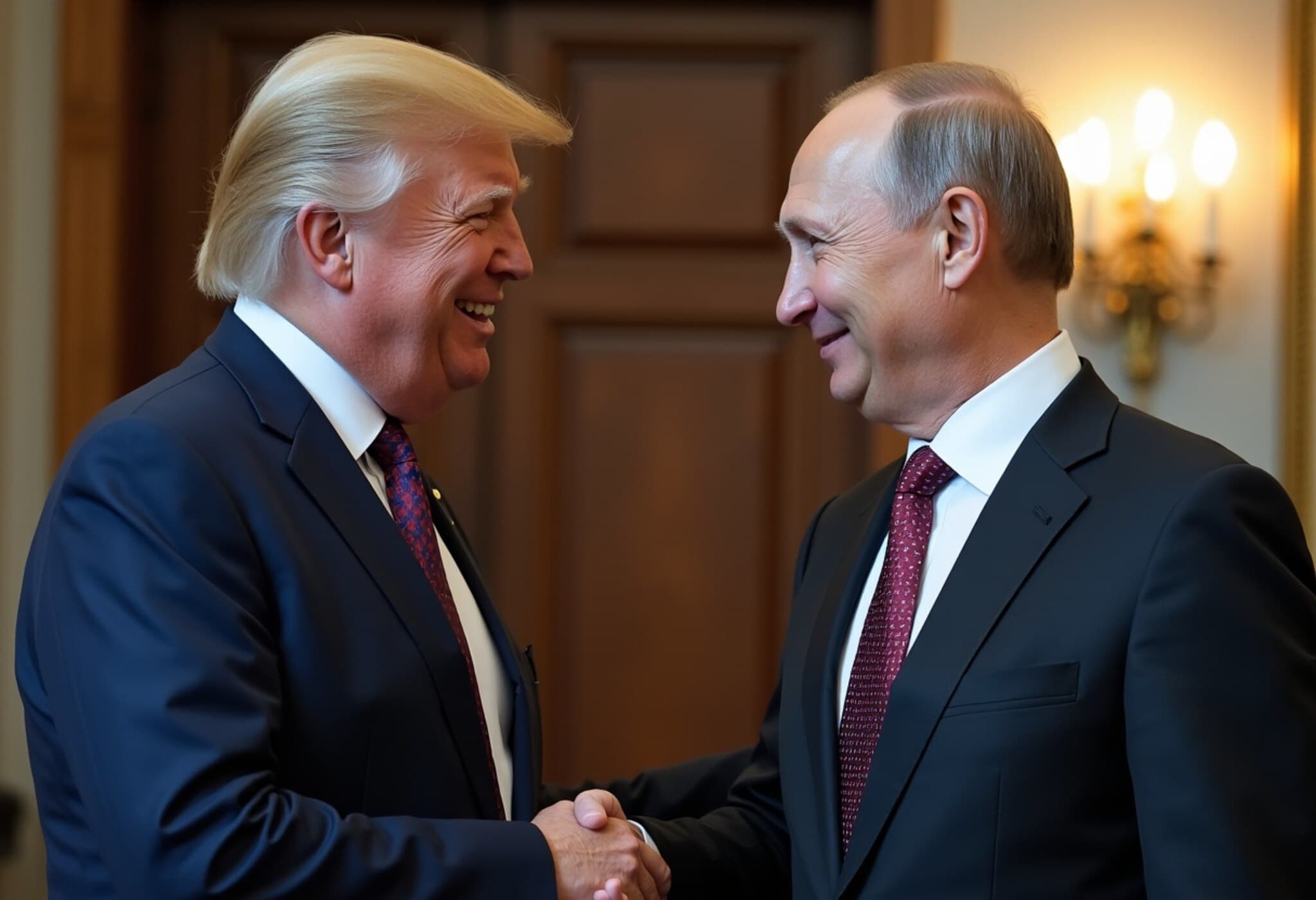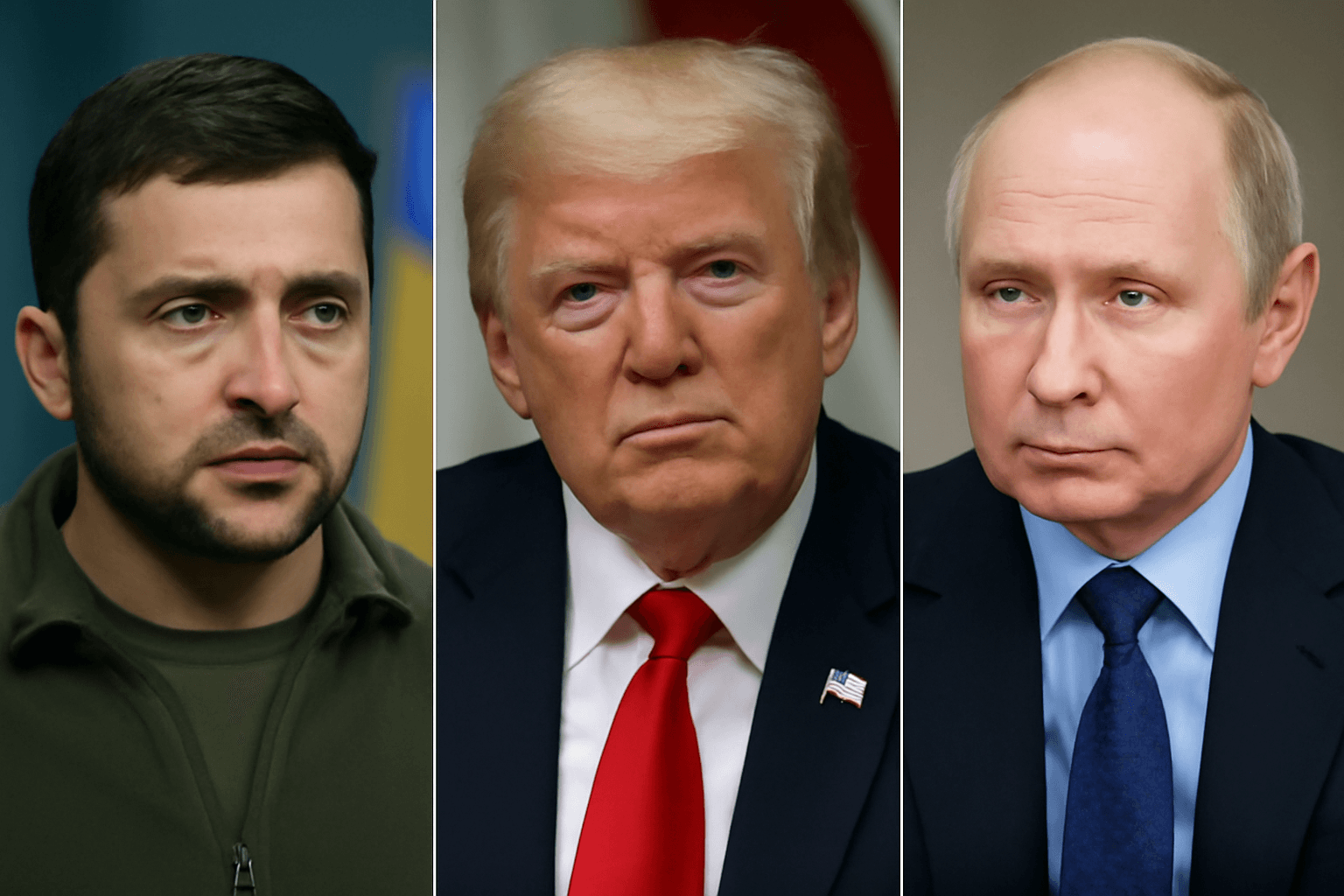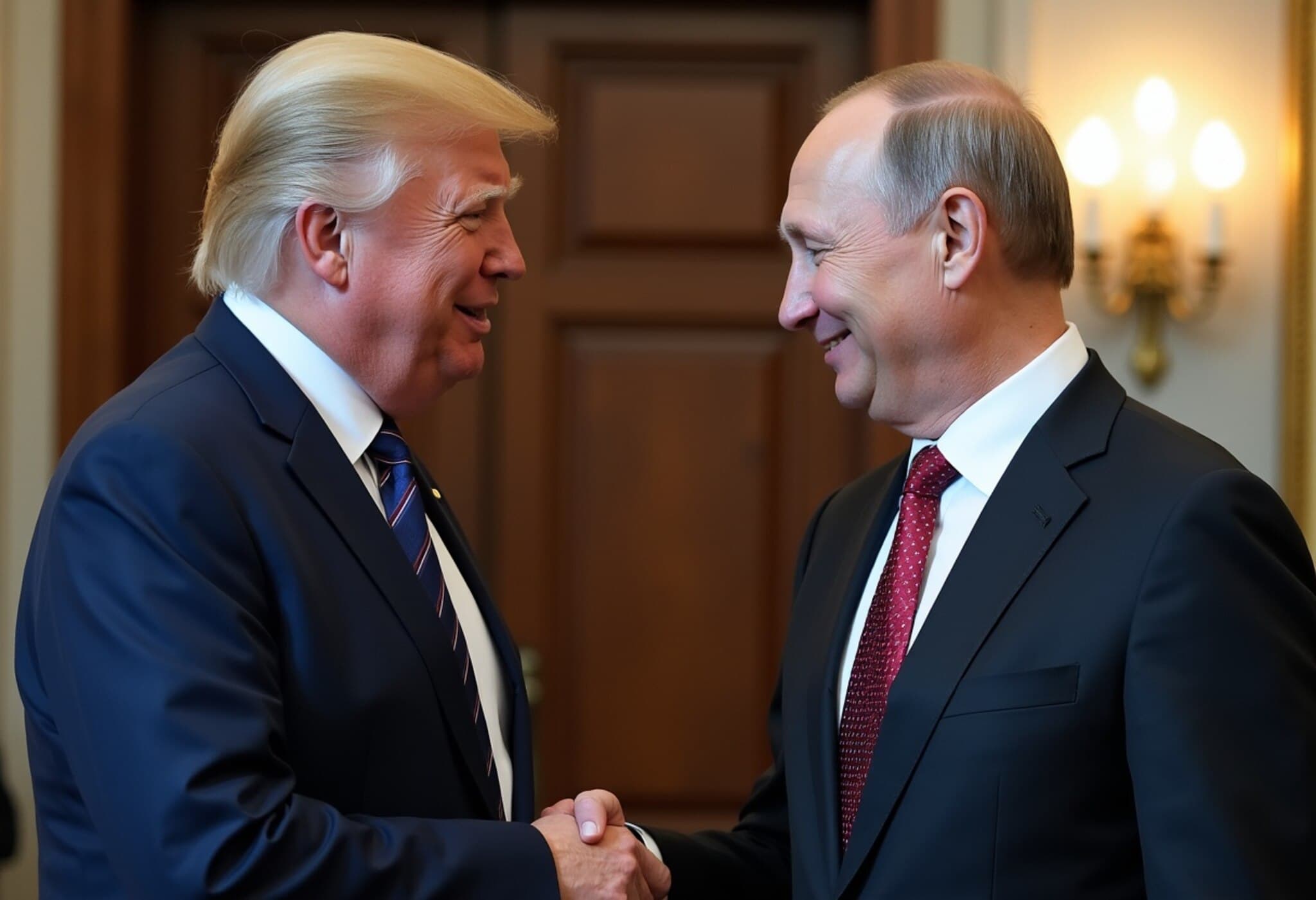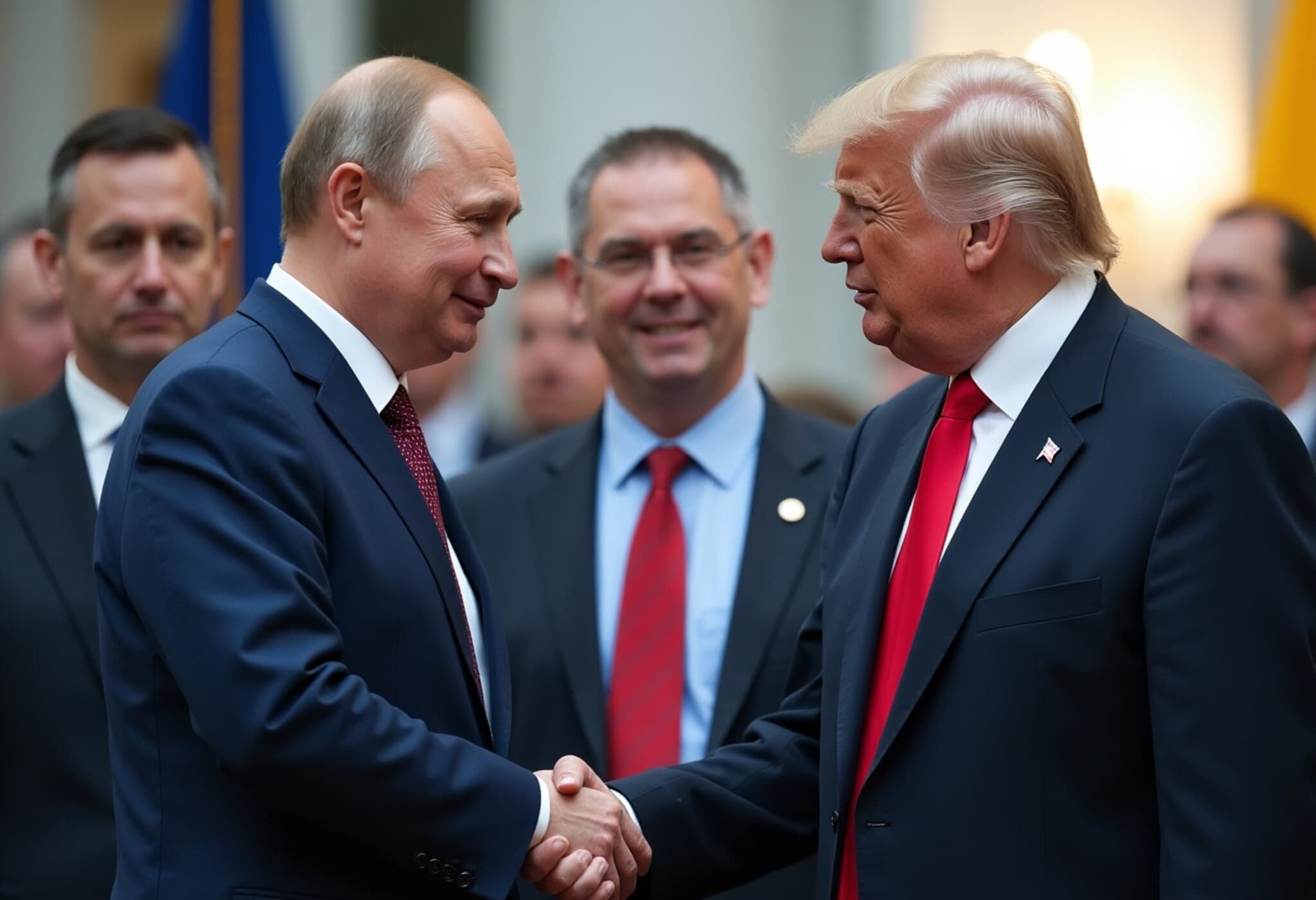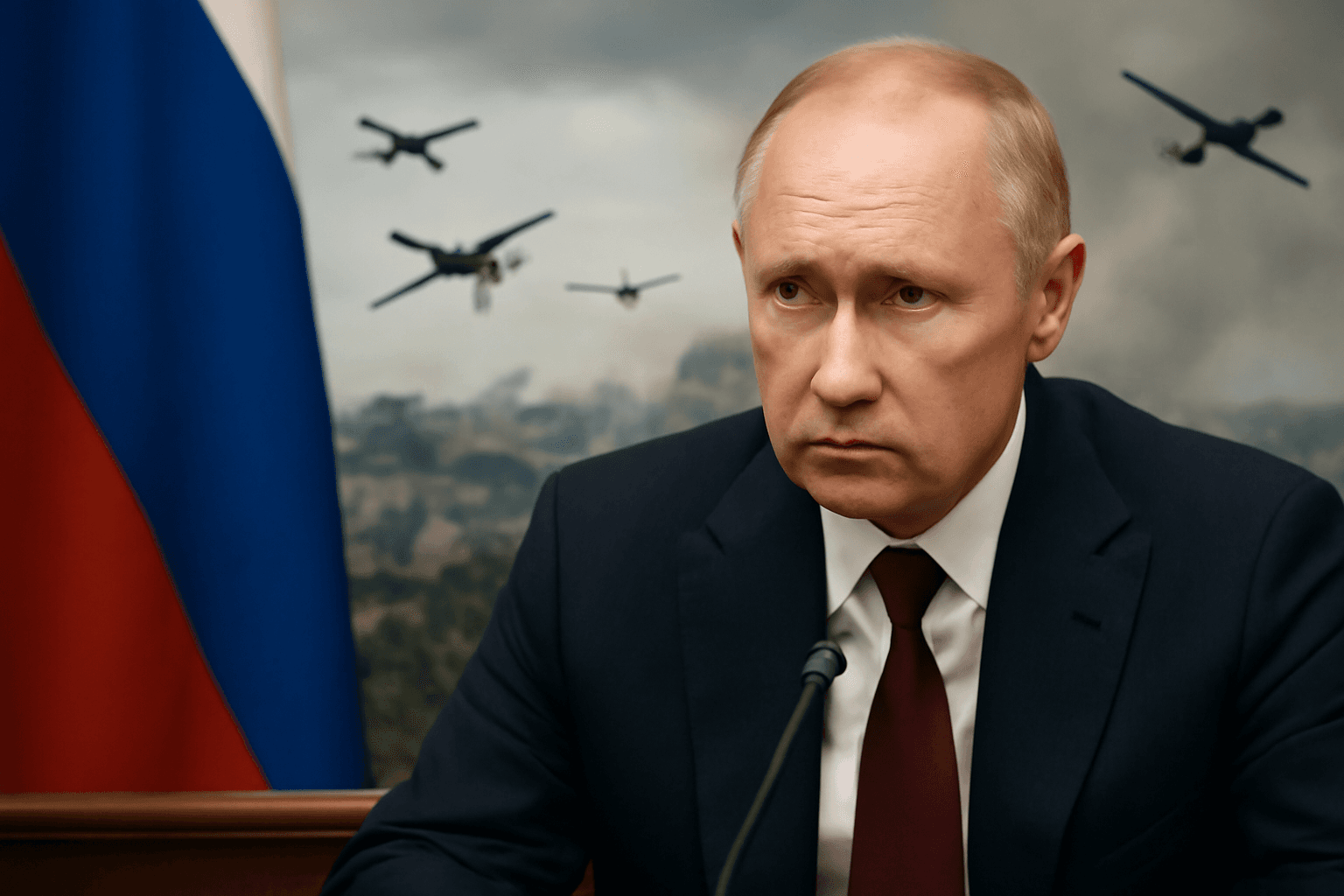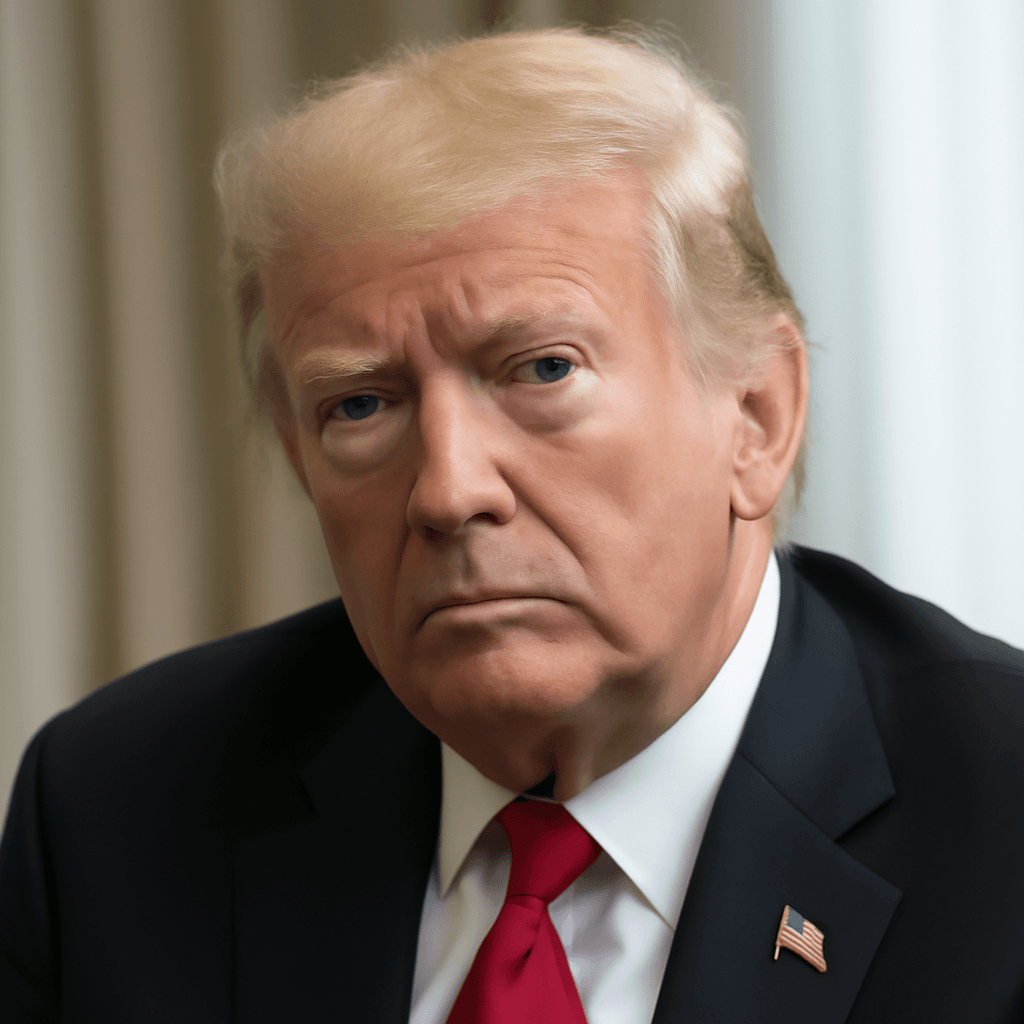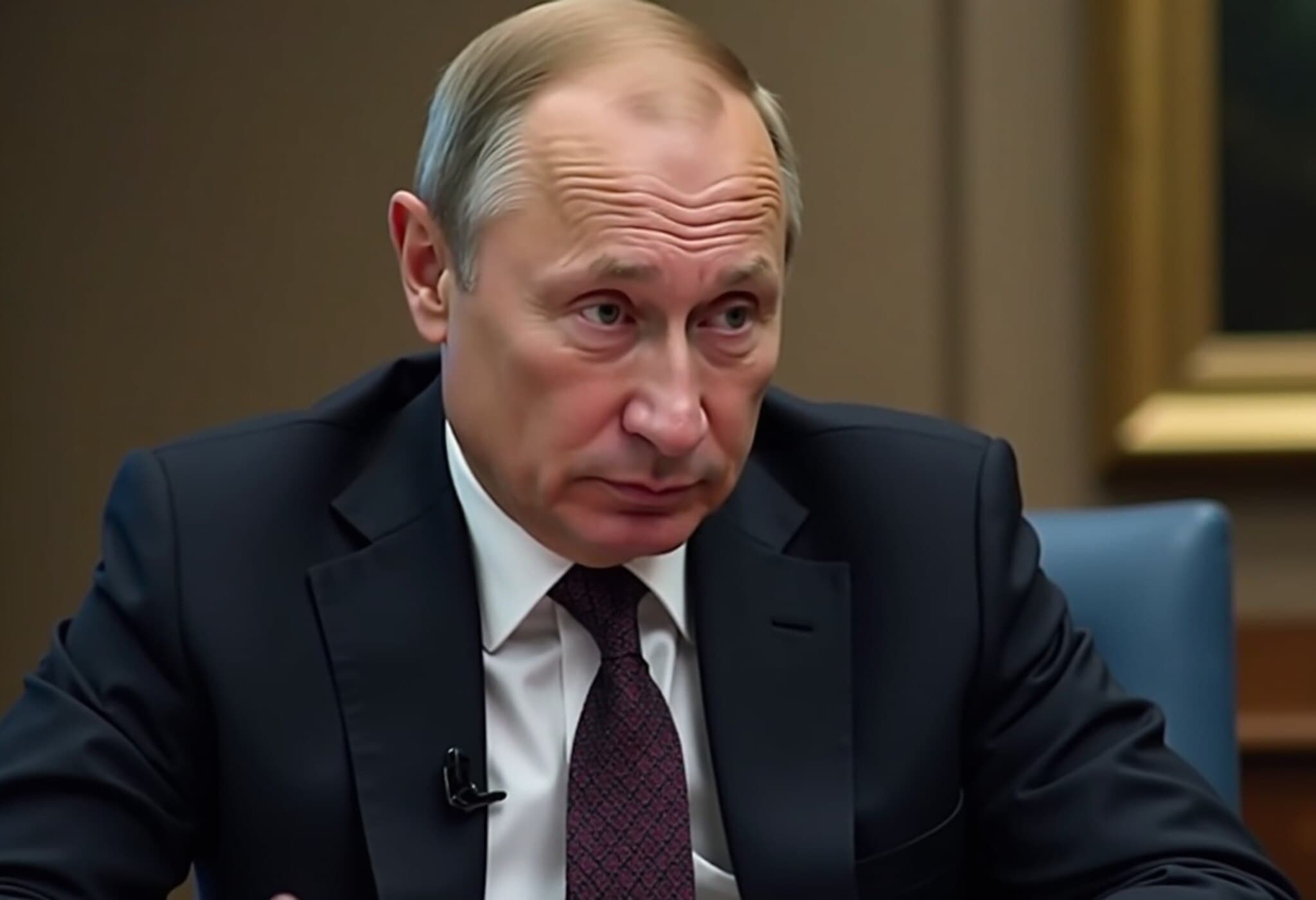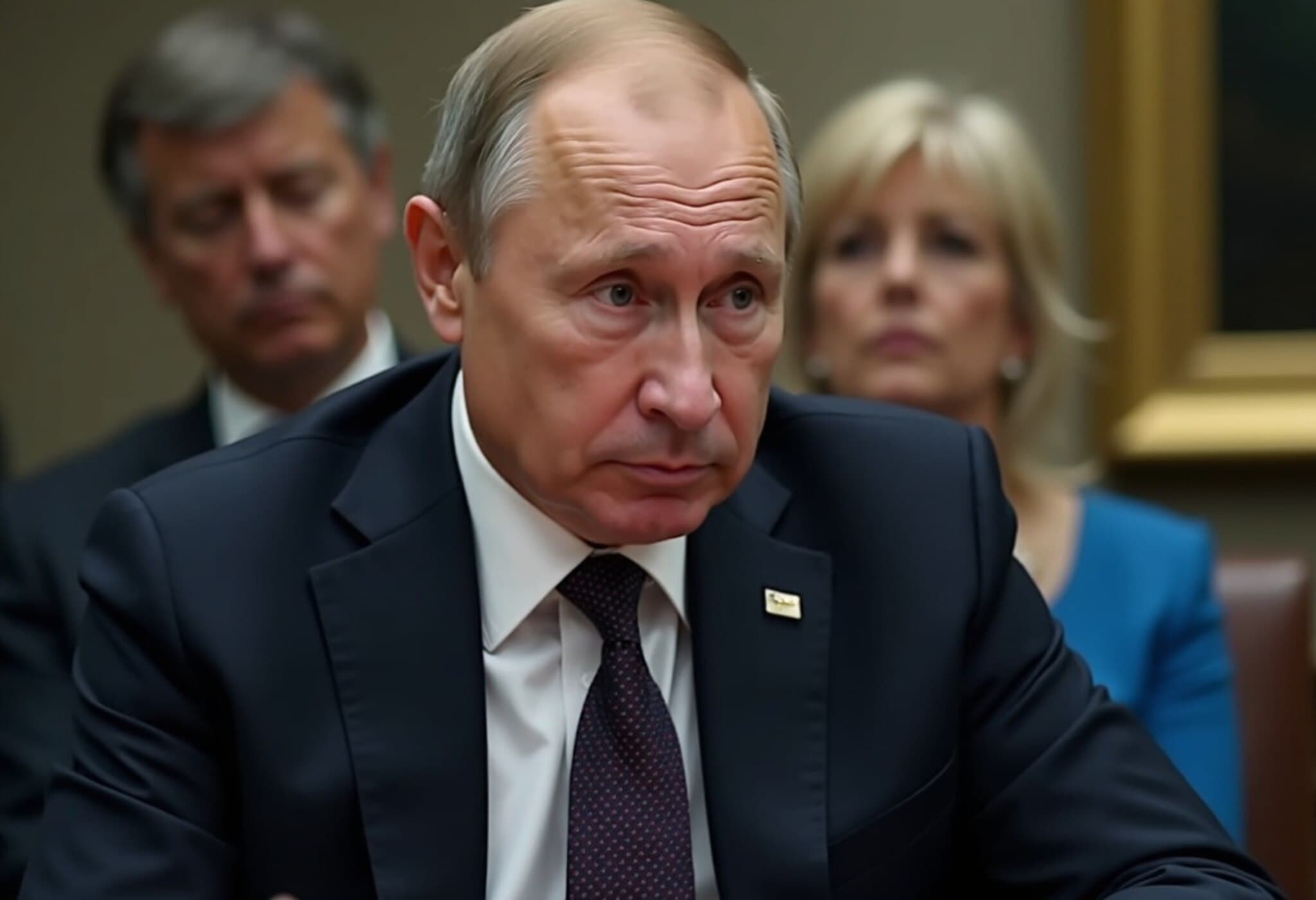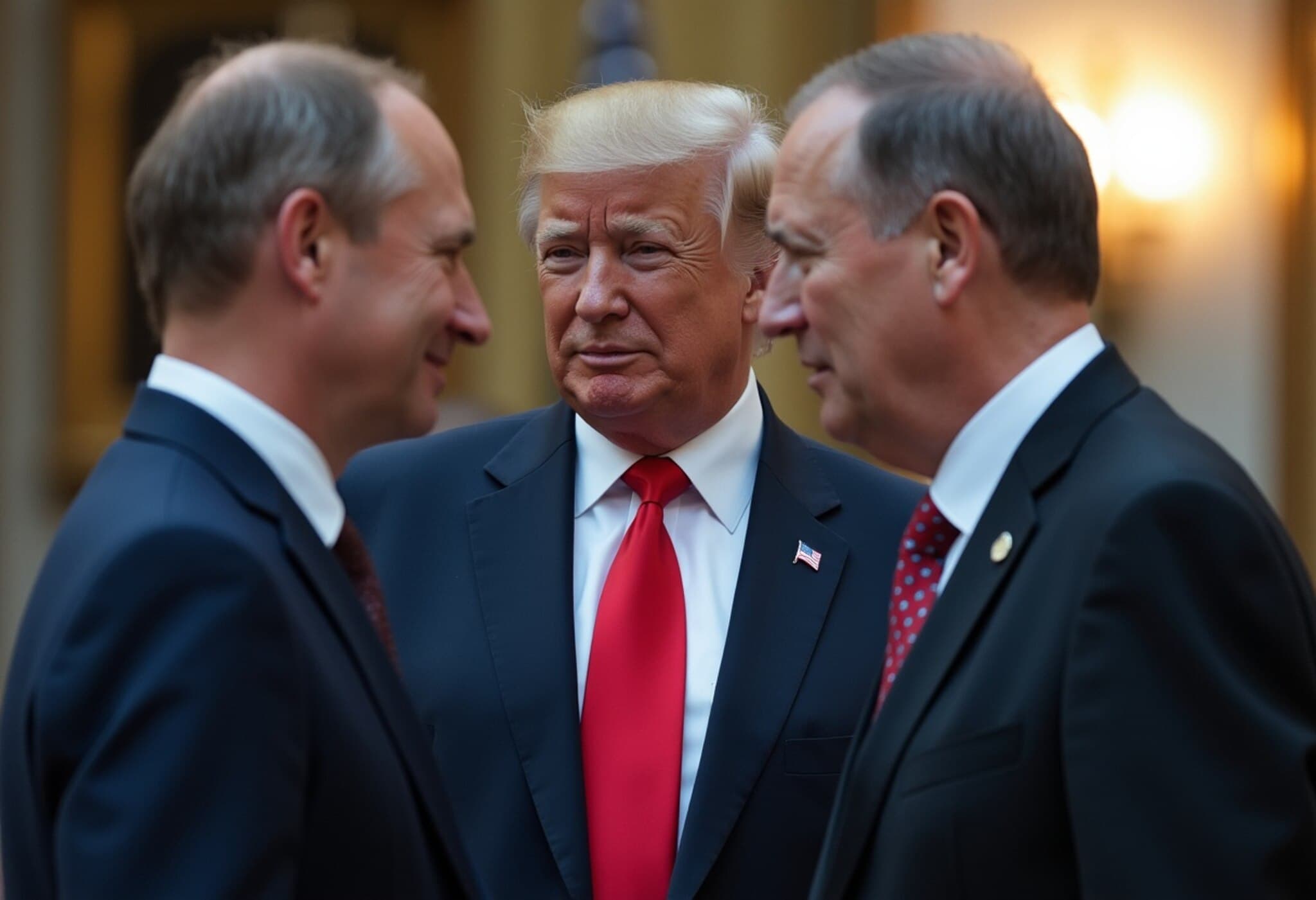Historic Red Carpet Welcome for Putin in Alaska
In a striking display of diplomatic theater, Russian President Vladimir Putin was greeted with a red carpet reception during his landmark visit to the United States in Alaska—his first in over a decade. US President Donald Trump personally welcomed Putin with warm handshakes and smiles, publicly lauding Russia as a “big power … No. 2 in the world.” This show of camaraderie marked a significant departure from recent years of cold diplomatic relations and was immediately hailed in Moscow as a symbolic victory over international isolation.
The Summit’s Missed Opportunity on Ukraine Peace
Despite the grandeur of the occasion, concrete progress toward ending the ongoing conflict in Ukraine remained elusive. Earlier in his tenure, Trump had adopted a stern tone warning Russia of “severe consequences” should hostilities persist. Yet, in Alaska, his rhetoric softened considerably. Instead of pushing for the widely supported ceasefire by Kyiv and Western allies, Trump shifted focus toward negotiating a comprehensive peace agreement—echoing Kremlin narratives and diverging from the stance of many international partners.
Sanctions on Russia, a crucial lever in diplomatic pressure, were notably downplayed. Trump suggested they could be re-examined in the near future but refrained from immediate threats of enforcement, indicating a possible recalibration of US policy towards Moscow.
Expert Perspectives Highlight Moscow’s Gains
- Laurie Bristow, former British ambassador to Russia, observed that the summit "produced nothing for Mr. Trump and gave Mr. Putin most of what he was looking for."
- Neil Melvin from the Royal United Services Institute commented that Putin would likely view the summit as a strategic success, buying time for military maneuvers in Ukraine.
- Fiona Hill, former Russia adviser to Trump, warned about the imbalance in power dynamics: “Putin is a much bigger bully,” while Trump appears eager to disengage from the conflict without leveraging pressure on Moscow.
Regional and Global Implications
The summit’s outcome has stirred concern among Western governments and analysts. While Trump claimed that consultations with Ukrainian President Volodymyr Zelenskyy and European leaders led to the conclusion that a full peace agreement must replace a mere ceasefire, this position lacks broad international endorsement. European officials have stopped short of endorsing this approach, wary of bypassing gradual de-escalation steps that underpin current diplomacy.
Zelenskyy’s upcoming visit to Washington and the prospect of a trilateral summit underscore ongoing diplomatic efforts, albeit with uncertain prospects. The Kremlin remains silent on these developments, adding to the ambiguity.
Ongoing Conflict Dynamics
On the ground, hostilities persist. Russian forces continue to claim advances in eastern regions like Donetsk and Dnipropetrovsk. Observers caution that without a fundamental shift in Putin’s calculus—believing he cannot militarily prevail—the war is unlikely to cease soon.
Understanding the U.S. Political Context
This summit also reflects broader American political currents. Trump’s approach to Russia contrasts sharply with previous administrations’ policies, signaling a potential recalibration of U.S. foreign policy towards Moscow. His public embrace of Putin—despite ongoing tensions over Ukraine and the International Criminal Court’s indictment of the Russian leader—raises critical questions about U.S. commitment to Ukrainian sovereignty and Western alliance solidarity.
Conclusion: A Diplomatic Crossroads
The Alaska summit represents a complex moment in international relations, where ceremonial grandeur masks substantive stalemates. While Moscow celebrates a diplomatic breakthrough, the underlying conflict in Ukraine endures with tragic consequences. The U.S.-Russia dynamic remains fraught, balancing between confrontation and conciliation, with the shadow of global power competition looming large.
Editor’s Note:
As the international community grapples with how best to approach the conflict in Ukraine, this summit raises pressing questions: Can dialogue foster peace without compromising principles? What does Trump’s pivot mean for U.S. foreign policy credibility? And crucially, how might this recalibration affect Ukraine’s fate and the broader security architecture in Europe? Readers are encouraged to consider these dimensions as developments continue to unfold.

